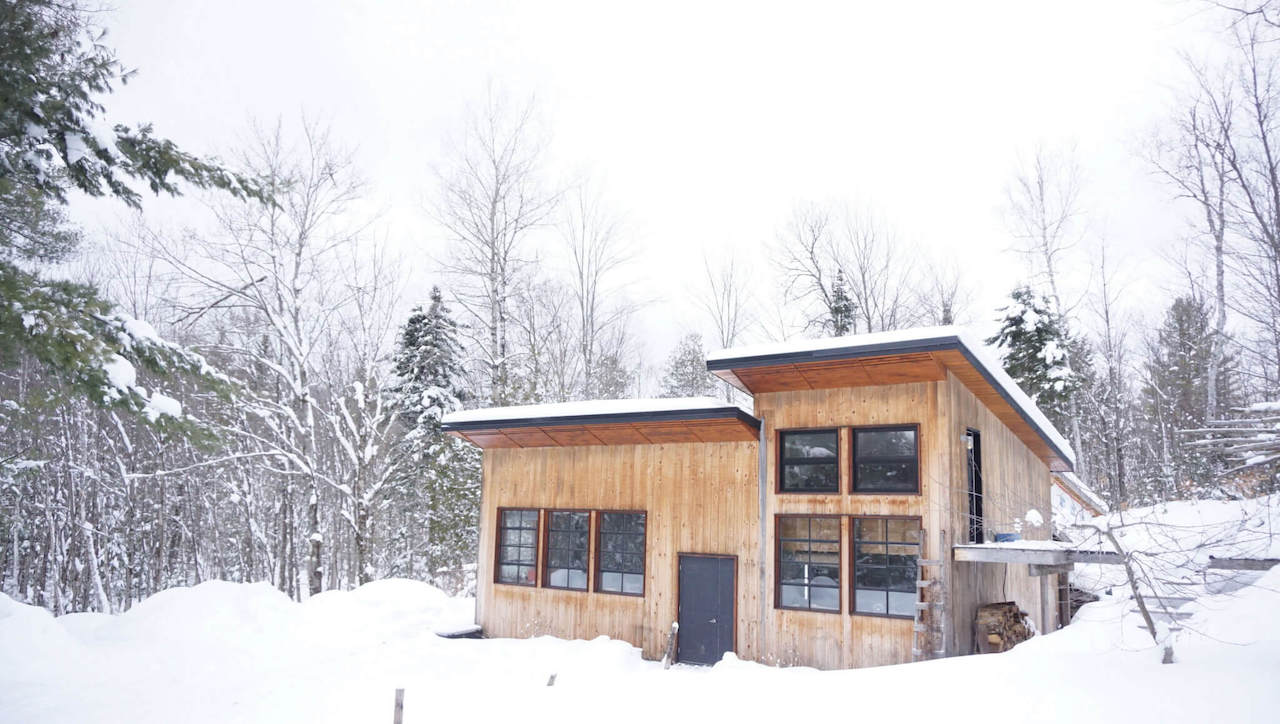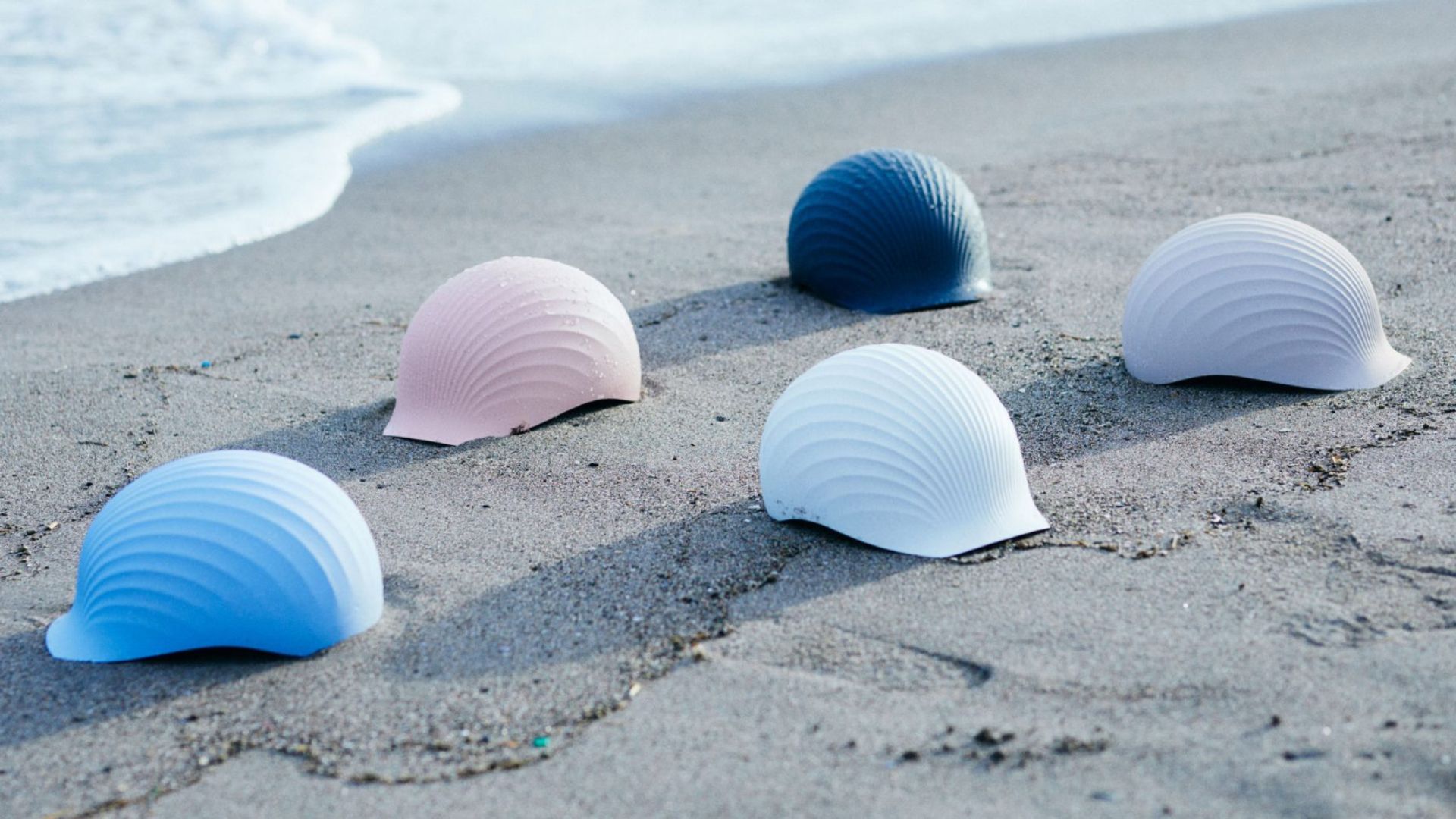Simon Johns creates beautiful compositions through his unique pieces
Furniture and lighting designer Simon Johns creates poetic compositions while celebrating nature’s majesty through his choice of materials, craft and his surroundings in the secluded woods of southern Quebec.
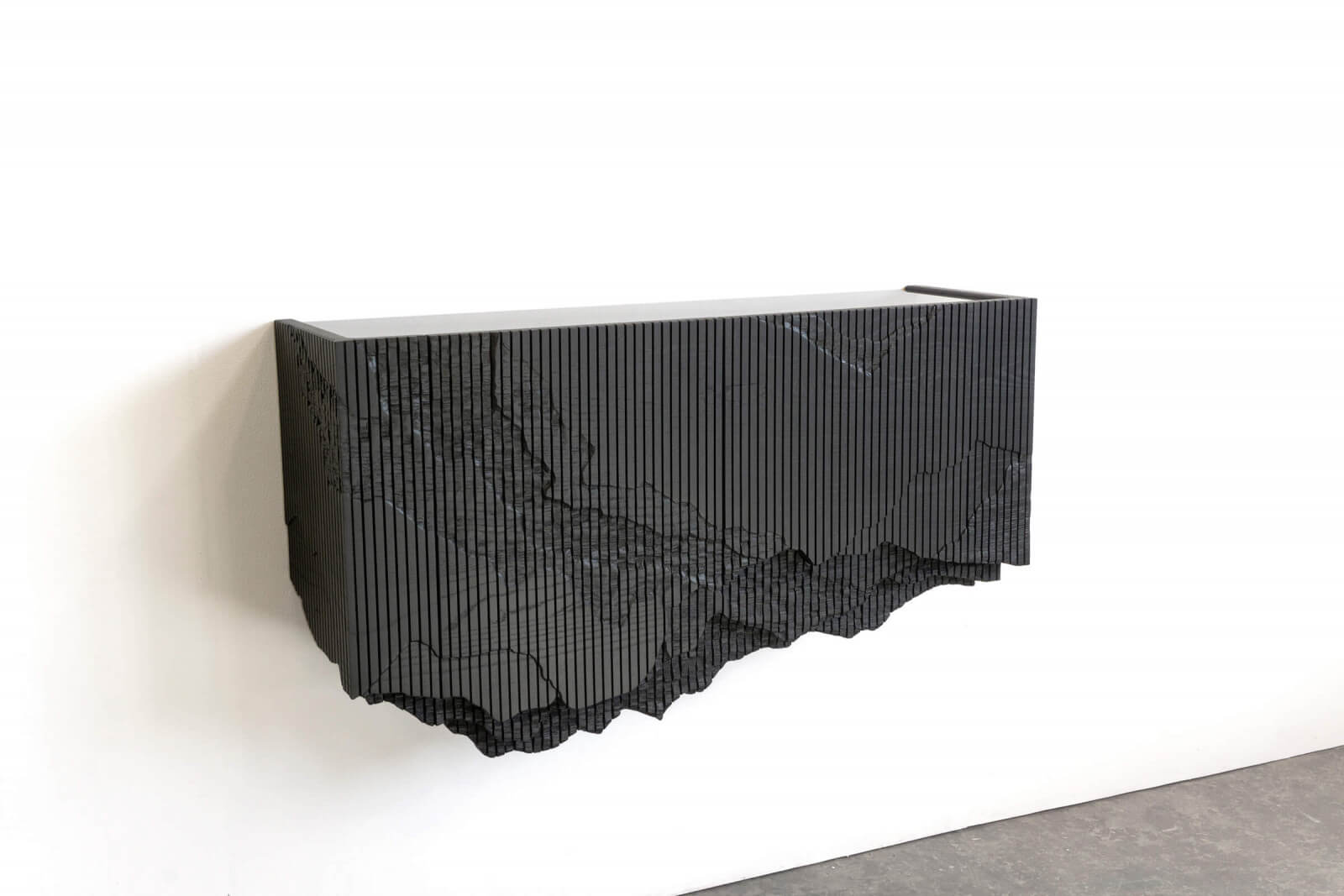
The fine arts-trained designer Simon Johns creates one-off and limited-edition pieces of sculptural furniture and lighting in his studio located in the secluded woods of East-Bolton in southern Quebec, Canada. His work is a product of observing and living with natural raw shapes in the wild and illustrates a conversation between the fabricated and the elemental.
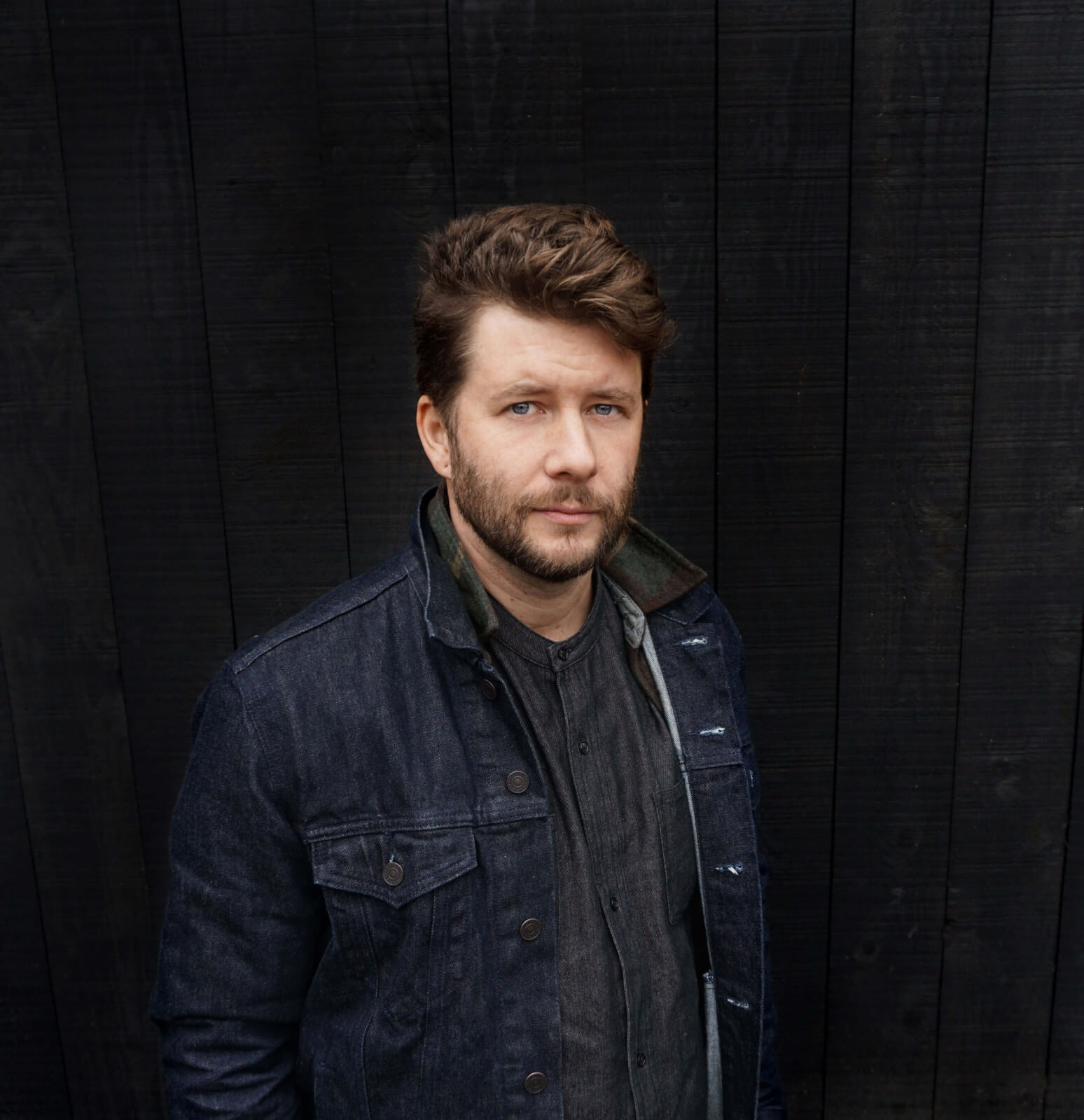
His breathtaking yet functional pieces harness precious natural materials and evoke the emotions one feels in their presence. He plays with the mimicry capabilities of the material he uses, having them reference or reflect each other in a beautiful and poetic composition that evaluates our connection to our own environment.
Who is Simon Johns? How did your journey in design begin?
Simon Johns:
“I am a Canadian who fell upon design after studying Fine Arts, doing renovation work, building sets for the theater and video, then moving to the country.”

Why focus on furniture design?
Simon Johns:
“I am drawn to experimenting with furniture as opposed to art, because I feel it’s existence is justified by its function – no matter how good or bad it is, it probably works. That doesn’t mean I believe design needs function, it means I find it daunting to make work that has no physical function. It’s just a fear I have yet to overcome.
Function is less and less a defining characteristic in my new work, but it’s still there. So I guess I focus on furniture because I’m comfortable with its boundaries.”
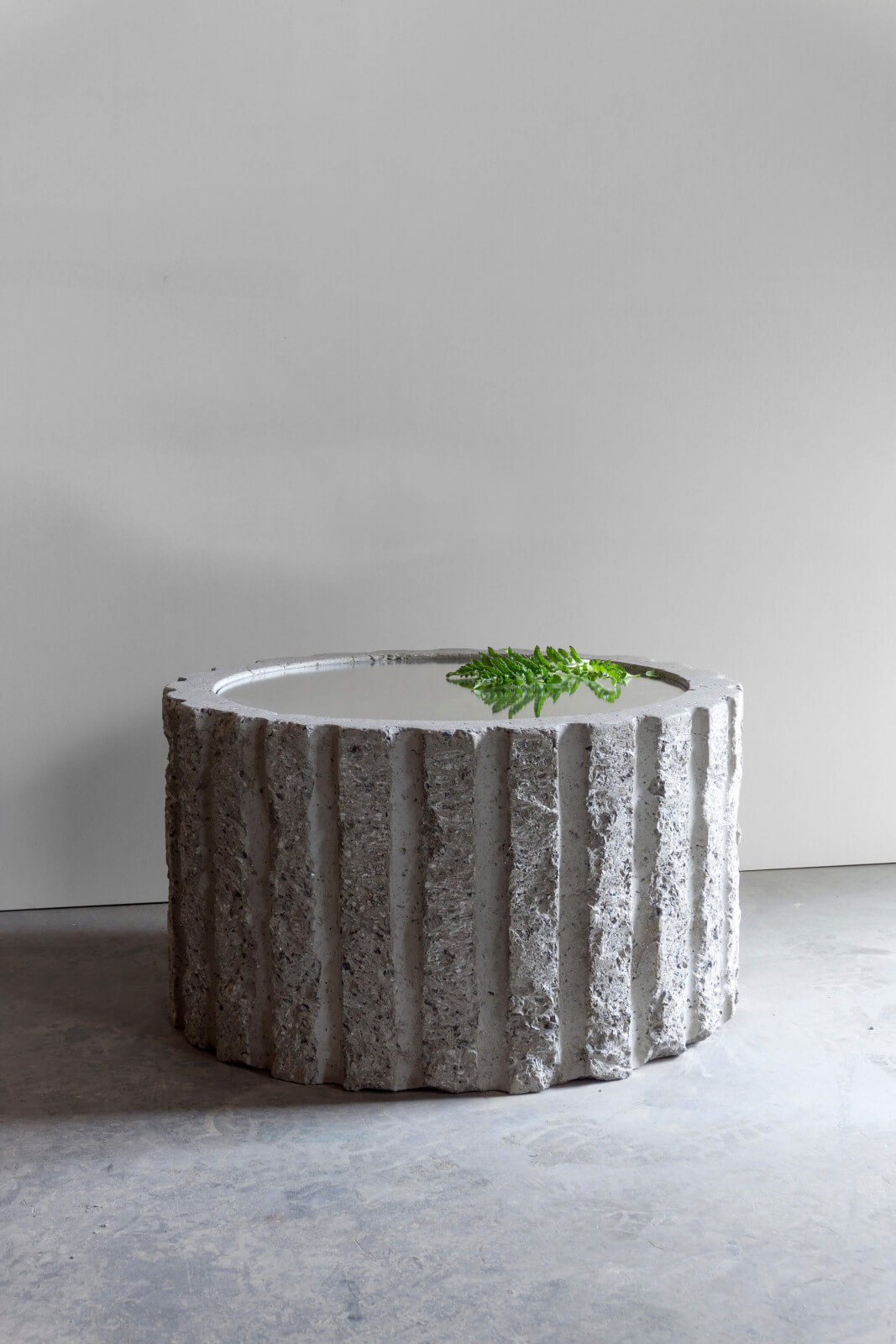
What choices have been the most important in your life that brought you where you are today?
Simon Johns:
“Going to Design Week in NYC for the first time in 2015 changed everything for me. It revealed a whole world, and a new path I didn’t know existed. I had never taken a design class in my life, so I had no idea how vast and diverse this world of objects was.
Coming out of art school, I felt a little disillusioned about how to move forward as an artist so being introduced to design was both a welcome distraction and a breath of fresh air. I could see what I had to do to show, and what could come out of it, and so far I’ve shown work in NY every year since 2016.”

Which are the main values, core concepts or style inclinations that, above all, will always represent Simon Johns?
Simon Johns:
“I really don’t know! Except for earlier work, my work always seems to have one part control, one part chance, and one reference to the natural world. I don’t see that changing course very soon.
I could also say that it always has one firm foot outside industrial design, and that foot seems to be growing. Does that answer the question?”

Using a variety of materials and playing with their mimicry capabilities is characteristic of your work, what is the process you follow when choosing such materials?
Simon Johns:
“I have a variety of materials in the studio and a wish-list of things I’d like to experiment with. It’s a mix of stone, metal and wood, common materials, and things capable of reflecting or molding them.
Oftentimes I experiment with to-scale wooden parts until volumes and rhythms are created, and then I attribute specific materials to different parts, to see how they coexist, and if they create narratives or some kind of poetry.”

Your most recent piece, the Ledge Console, is the result of material exploration inspired by the cliffs around your studio. Can you tell us how the idea was born and the process behind its execution?
Simon Johns:
“There is a cliff at the end of the studio’s driveway that I see every day. It has beautiful layers of crumbling stone, and I’m (obviously) quite drawn to these inorganic geometries. It took a while before I figured out a way to translate the intricacies into something physical one could live with.
I wanted to work with wood, but in a way that left room for accidents. Cliffs erode and break around cracks and sedimentary layers, and it’s these subtle patterns that I wanted to emulate. By purposefully creating weakness in the wood with vertical lines, I can then apply impact to certain areas, making them ‘erode’ along sketched out patterns.
People don’t realize necessarily I’m referencing a cliff, but I hope the piece stimulates a similar feeling in the viewer.”

We can see in your work how your environs influence your design, what other fields and inputs, outside and inside the design world, provide you inspiration?
Simon Johns:
“Friends in the design world inspire me. I love to see what esthetic or conceptual paths others have taken and how their work evolves along those lines. I am also interested in all things slow and tedious. I have the curse of not being drawn to the easy or the streamlined.
My workshop staff Valerie Godin and Marc-Antoine Dorval make all the finished products that come out of the studio, but they are also an inspiring resource that help me during all phases of the creative process.”



